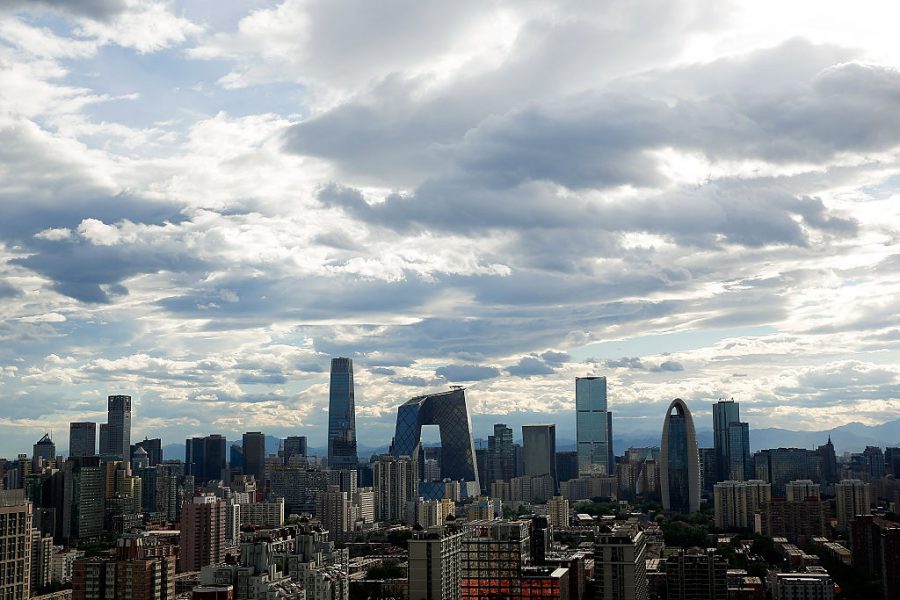Spurred by rapid development above ground, the pumping of ground water is causing Beijing’s soil to collapse, posing an imminent threat to transportation infrastructure and structures on its surface.
Parts of Beijing are sinking into the ground as fast as 11 centimeters a year, or four inches, posing a threat to public safety and having “a strong impact on train operations”.
Findings from a satellite that uses InSAR, a type of radar that detects land elevation, show the central district of Chaoyang is the most at risk due to heavy land development since 1990.
Located in an arid zone, Beijing historically got its drinking water from wells that tap into the groundwater below. However, constant use has caused the water table to drop, causing the earth below Beijing to contract like a dried-out sponge.
Beijing’s growing need for drinking water has forced it to look for other sources when wells began drying up in previous years. In 2009, Beijing’s 60-70 meter-deep wells started to run dry, prompting the city to begin piping in drinking water from the Yangtze River 1,200 kilometers away.
As of 2014, Beijing’s 6,900 wells provided a quarter of all water supplied to the city.
In 2015, Beiing completed a long-established engineering plan to divert water to the nation’s capital called the South-North Water Diversion, supplying Beijing with 44.8 billion cubic metres of water. The same year, Beijing phased out 367 water wells.
But despite the current findings provided by high-tech satellites, land subsidence is a problem that has already caused numerous problems in Beijing despite the city taking steps to control it.
In 1996, a crack was discovered at Chongwenmen subway station while a blast at a chemical plant was blamed on earth subsidence in June 1997. In 1998, a crack 800 meters wide and 25 kilometers long shut down a Shunyi factory and posed a threat to the Beijing Capital International Airport, experts said.
Other Chinese cities are looking for solutions to stop their cities from sinking.
In 2012, Shanghai drafted a provision to prevent land subsidence in order to protect the city’s railways and highways. Shanghai has sunk 29 centimeters into the earth over the past 40 years while it has constructed some of the world’s tallest buildings, like the Shanghai Tower.

